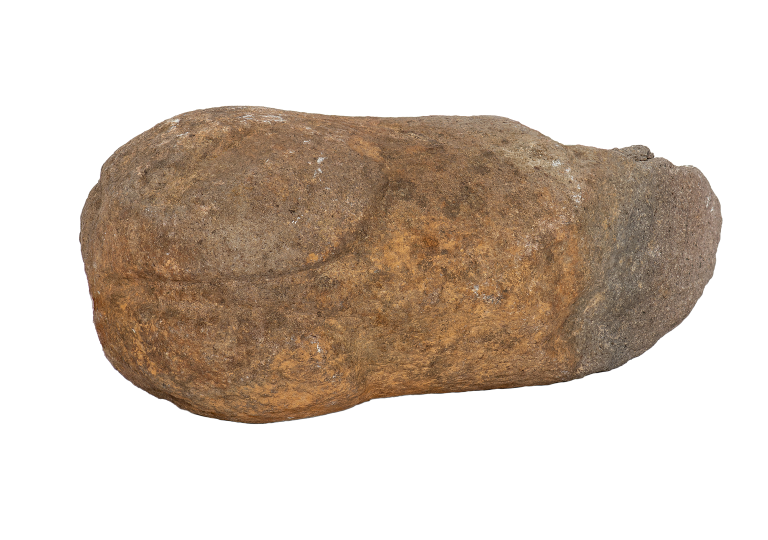METHYMNAEOS: A HISTORY OF FIRSTS
Methymnaeos, meaning "the Wine-Chanted", was one of the many names of Dionysus, wine god of the Greeks. Multiple award-winning Methymnaeos Organic Winery is in Chidira, a village on the Greek island of Lesvos.
Winery owner, winemaker and manager, Dr. Yannis Lambrou, has gathered international experience and in-depth knowledge of the arts through his high-level studies in film, drama and media in the United Kingdom, Austria, and Greece. Apart from his native Greek Yannis Lambrou is fluent in English, German and French and has traveled worldwide.
Under the leadership of Yannis Lambrou since 2002 three organic wines are produced: orange, red and white Methymnaeos. All three wines are made with the rare winegrape Chidiriotiko, indigenous to Lesvos, exclusively grown on the lava of the volcanic western part of the island. This gives Methymnaeos Organic Wines a rather distinct minerality.
Since 1985, the year of its foundation, Methymnaeos Organic Winery has increasingly evolved into an export-oriented, dynamic, niche producer, combining entrepreneurship with research and development, promoting progress on a peripheral island hampered by unemployment and the refugee crisis and attracting tourists through winery tours, with exports since 2019 corresponding, on average, to 65% of the winery’s yearly turnover. Methymnaeos Organic Wines are nowadays exported to Canada, China, France, Germany, Japan, Russia, Switzerland, United Kingdom and the United States of America.
Methymnaeos Organic Winery was founded by intellectual, author and publisher Dimitris Lambrou, Yannis Lambrou's father, in 1985. That was the year when Dimitris Lambrou planted exclusively with Chidiriotiko grapevines the winery vineyard, the first on Lesvos designed from its inception to produce professionally made wines. This vineyard, planted near Chidira in an inactive volcano containing huge quantities of sulfur and copper sulfate, had the dual purpose to revive the almost extinct winegrape Chidiriotiko and to reestablish on Lesvos the ancient art of winemaking, then non-existent on an island that was and still is the world capital of ouzo. A basic source of inspiration for intellectual Dimitris Lambrou was the glorious ancient winemaking tradition of Lesvos and Chidira, verified by the ancient stone phallus found in 1959 near Methymnaeos Organic Winery, nowadays on display at the winery. This ancient winemaking tradition had reached ground zero in 1985, when Methymnaeos vineyard was planted, as grape and wine production on Lesvos were basically non-existent at the time, but this did not avert Dimitris Lambrou from founding in 1994 Methymnaeos’ winemaking facility, completed in 1997 and equipped with the latest winemaking technology.
The first professionally made wine of Lesvos, red Methymnaeos 1997, was bottled in July 1999 and entered the Greek market shortly thereafter. It was one of the first Greek wines to be certified as “made with organic grapes”, pursuant to Regulation (EEC) 2092/1991 on the organic production of agricultural products. In 2002 Methymnaeos was one of the first Greek wineries to open for winery tours. In 2005 it was the first to export outside of Greece wine made on Lesvos. In 2008 white Methymnaeos received the first award to be ever received by a wine produced on Lesvos. In 2010, following an application filed by Yannis Lambrou to the Greek Ministry of Agriculture several years before, Protected Geographical Indication Lesvos was granted to Methymnaeos. In the same year the winery made the first orange wine to be ever produced in Greece and pioneered once again in 2012 by producing the first organic wine of Greece according to the then newly established Commission Regulation (EU) No 203/2012 on organic wine.
Having a bright history of firsts, Methymnaeos Organic Winery seems to have an even brighter future, with exports expanding to many more countries as a very possible scenario in the years to come.

